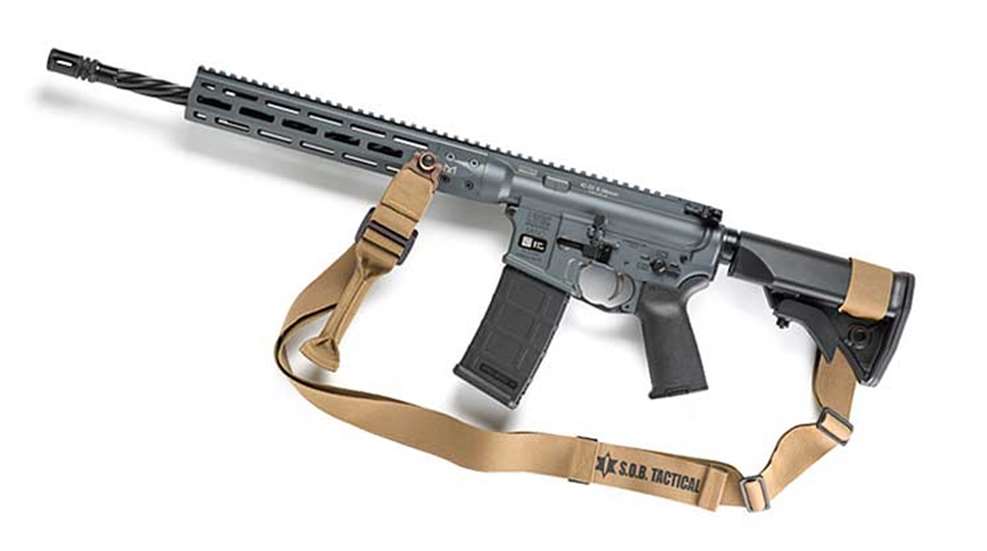
The rifle, or carbine, is no different than any other firearm that we use for personal defense. What you carry doesn't matter nearly as much as what you can do with it. Too often, we select a rifle that appeals to us, buy lots of ammo and figure that we're good to go. Unfortunately, such may not be the case. Here are some tips that will, hopefully, help you get started towards making that rifle into an effective defensive tool.
1. Have a sling.
A sling is an important accessory for any kind of rifle. Learning to properly shoot with a sling with make one a more accurate shooter. A sling also allows a person to carry that rifle, and have it handy, while performing other tasks. I am often down in a rather remote part of the Rio Grande, and a slung rifle is comforting as well as being relatively out of the way.
2. Make sure a reload is ready.
It is also a good idea to find some way to attach at least one reload to your rifle. That way, if you have to grab it and go, you have at least one reload to help keep you in the fight. When suitable rifle rounds are properly applied to an attacker, or attackers, it doesn't take many shots to stop the trouble. But having at least one reload is always comforting.
3. Practice from multiple positions.
As soon as the rifle is properly sighted in, it is important to stop doing most of the shooting practice from a range bench—unless, of course, you plan to take a shooting bench everywhere with you. The defensive shooter should work at delivering accurate shots from standing, kneeling, sitting and prone. It quickly becomes obvious that one usually delivers more accuracy, the closer one gets to the ground. However, the kneeling, sitting and prone positions limit one's mobility.
For this reason, it's a good idea to practice starting with a slung rifle and in the standing position. Practice getting quickly into one of the other positions and getting a quick, accurate shot off. You work out the important movements ahead of time, and you can practice transitioning from one position to another. If your shooting range won't allow this sort of practice, and many of them don't, you can incorporate it into your dry-fire practice at home. Do I need to remind you to make sure that rifle is completely unloaded before you engage in dry-fire practice?
4. Learn to identify and use cover.
The various shooting positions also allow the defensive shooter to take advantage of cover. You should always keep in mind that cover is your friend. The type of cover may dictate whether you use kneeling, sitting or prone.
5. Train for full ambidexterity.
The same use-of-cover issue is a good indicator that a person needs to practice firing from either shoulder. This simply minimizes the amount of your body that is exposed to enemy fire. Shooting from your support shoulder may not ever be as fast for you but it pays dividends in allowing you to maximize the use of that important cover.
Having a rifle handy when a criminal attack occurs is a good thing. Maximizing your ability to use it effectively is even more important.






































